How to make sure your COVID sources are credible
Photo courtesy of Ad Fontes Media
This news bias chart will give you an idea of what sources to trust when browsing the media.
June 9, 2020
During these uncertain times, it can be difficult to know what news sources to believe when staying updated on COVID-19. Many websites along with posts on social media can lead to misinformation about the virus, which could cause mass panic if you don’t know who to trust.
As COVID-19 has quickly affected the lives of people throughout the world, many have been staying updated through social media and news sources online. In an article by Forbes, author John Koetsier provides data on how Americans are receiving and believing information regarding COVID.
“83% of Americans said they trusted online news sites for Coronavirus information,” Koetsier said. “That’s considerably up from 2017 numbers, when only 41% said they trusted the media, or 2018, when a majority of those surveyed said they had lost faith in the media — and expected that change to be permanent.”
Thankfully, there are many ways to assure the credibility of your sources, just by using common knowledge and logic. Smithsonian Magazine has an in-depth explanation on the spread of false news in their article titled “How to Avoid Misinformation About COVID-19”.
“A 2016 Pew survey found that 23 percent of Americans reported sharing fake news at one point or another,” — Lila Thulin, Smithsonian Magazine
“A 2016 Pew survey found that 23 percent of Americans reported sharing fake news at one point or another,” according to the article. “When shown untrue or misleading articles about COVID-19, only 30 percent of people recognized the news to be false, according to research published in the Washington Post by New York University and Stanford researchers.”
By looking at this data, it is safe to say that many Americans struggle in detecting “fake news,” and on top of that, many tend to share this fake news to others. The author of the article, Lila Thulin, states the steps one must take in order to decide whether a source is credible by referring to researcher Reyhaneh Maktoufi’s advice, along with multiple other researchers.
“Maktoufi advises a three-step process: Check the source, check the author and check the content,” Thulin stated. “If the source isn’t one you’re familiar with, then Google it to make sure it is a legitimate news organization,” Emily K. Vraga, an associate professor in mass communication at the University of Minnesota who researches health misinformation on social media said.
Thulin also includes what sources are the most reliable, in regards to updates on the COVID-19 pandemic. The World Health Organization is one, along with the Centers for Disease Control and Prevention. It is also important to note that one should always refer to trusted sources such as these, in comparison to news outlets or authors that may or may not be biased and include misinformation.
“Consider whether the writer is a coronavirus or pandemic expert or just a scientist in a related field,” the article explains. “If the author is a journalist, check to see what their usual beat is. Is this a health reporter with experience covering scientific topics?”
Many students have been staying updated on the news surrounding COVID-19, as it has affected many aspects of their lives (Prom, graduation, cancellation of school, among others). Junior Mariah Wozow always takes the right steps to make sure the sources she’s reading are credible.
“We’ve been taught in school how to know whether a website or post is trustworthy, so I know how to check when I’m reading articles,” Wozow said. “I think it’s really important to make sure you know what you’re reading is true, especially with the virus going on.”



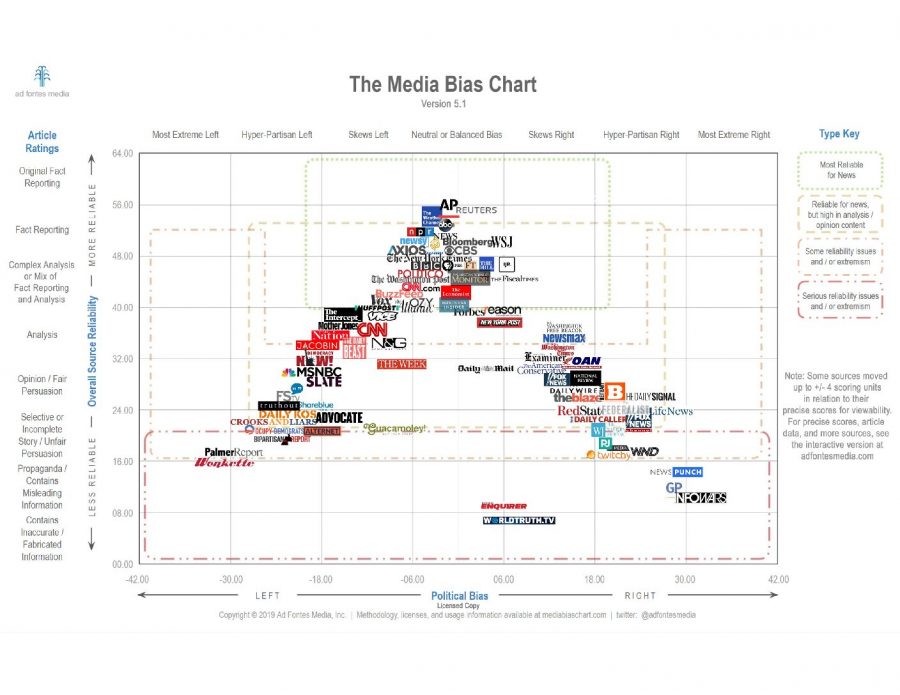



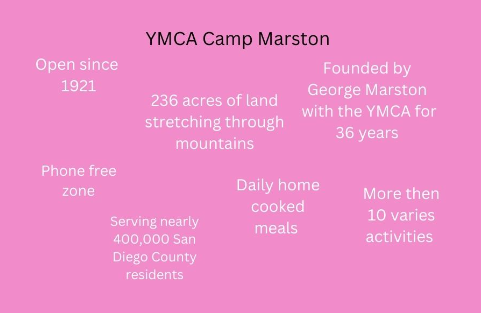




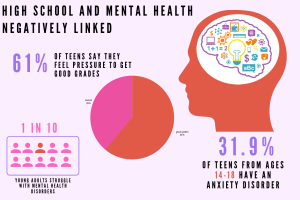




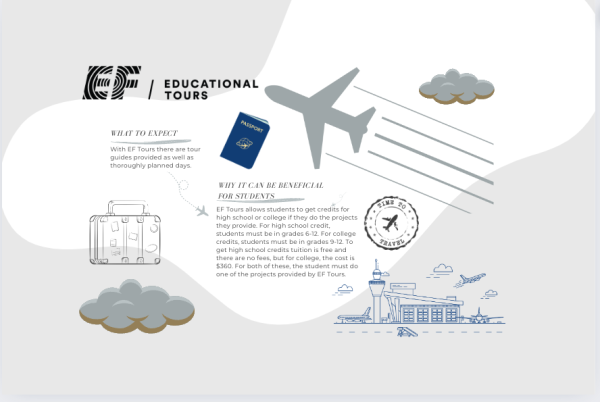


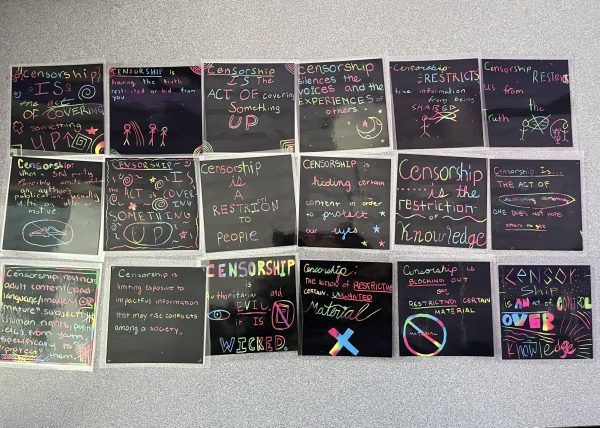
John Koetsier • Jun 10, 2020 at 3:22 pm
Great post! You’ve got an exciting future as a writer ahead of you!